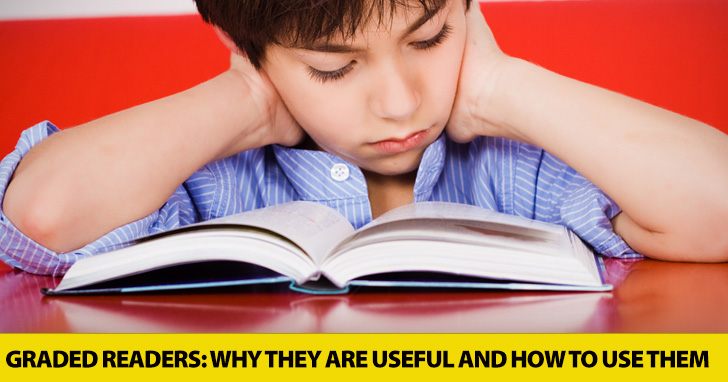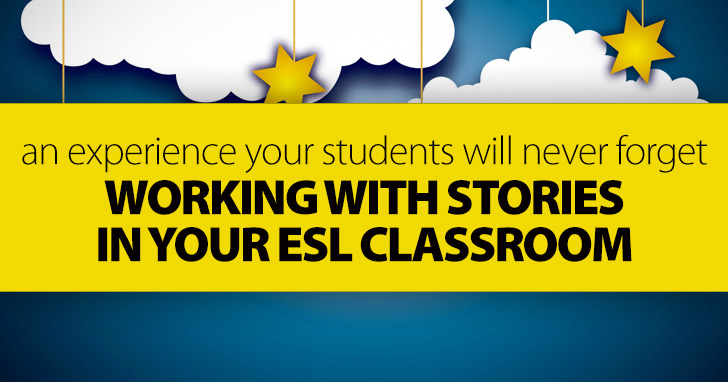Graded Readers: Why They Are Useful and How to Use Them in Class


They whisk us off and away to far away lands. Page after page, word after word, we delve deeper and deeper. We are transported to amazing places as well as dark and mysterious ones too. The fact is, stories are simply awesome. Not only for children, but adults as well. Everyone alike , no matter how young or old can truly appreciate what a good story can give us. So, if that's the case, why leave them out of our ESL lessons. Well, I'm here to say you should definitely not. Stories are an incredible way to practice language as well. There are incredible advantages to using stories. Let's take a look.

As with other skills, the recommended lesson structure is using pre-reading, reading and post-reading activities. Now, let's take a look at some awesome activities you can use.
You can ask your students to do some research about the author and his/her life. This is a great activity to help students understand the historical and cultural background of that story.
Take key phrases and vocabulary from the story and have your students guess what the story might be about. If they are unfamiliar with some of the words, this is also a great activity to learn some of the vocabulary ahead, before actually reading the story. By doing this they will be better prepared for the reading activities.
You can ask them to read the title and brainstorm vocabulary that might be included in the story.
Information checklist.
This is great for all ages. Here, you prepare a checklist with information and after reading the story once, have them choose the options that are true about the story. You can do the same thing with information that is false.
Story order
This is also great for all ages. You need to prepare cards with summarized parts of the story and have them put the cards in order. If the children are too young and can't read, you can use pictures that show sequences.
Change in person
Ask your students to rewrite the story from a different point of view. Assign a character to them and have them tell the story from that characters' perspective.
How does it end?
This activity is great for creative students. You have to cut out the ending and have them change how the story ends. Tell them they can go wild and encourage them to be creative.
Change genre
This activity is great for teenagers and adults. Ask your students what they would need to take out of and add to the story in order to change the genre. For instance, if the story takes place in a magical realm and the main character is a fairy they can say it takes place in a space ship in the future and the main character is a cyborg. The switch here is from fantasy to science fiction.
Add another character
This is also for older kids and/or adults. You give them a card or paper with the name and a description of another character not originally in the story. Have them add it to the story and then together the class can analyze whether this character changed the outcome or not.
After they have finished the activity they can self-correct and try to find mistakes. If the activity you chose involved writing, together they can analyze different aspects of their creations.
There are plenty of stories that are suitable for adults as well. Many of them are even available on line and were created for specific levels. Incorporate a little magic into your lessons. Give your students a break and let them enjoy some good stories. After all there is nothing like a good story to let someone's imagination run wild.